Mayor's memoirs provide window to the past
This article contains affiliate links. We may earn a small commission on items purchased through this article, but that does not affect our editorial judgement.
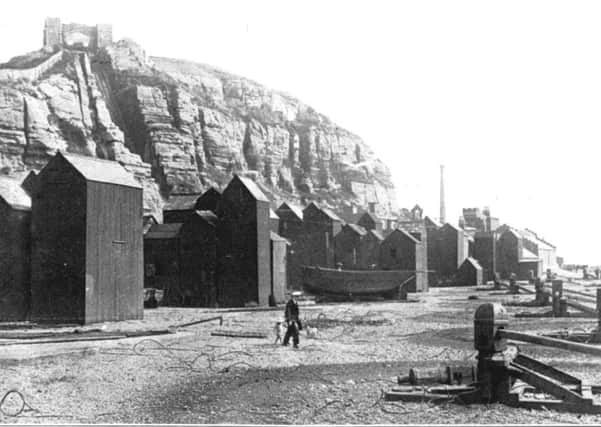

He writes. Thomas Southall Dymond was Mayor of Hastings for a year from the annual Mayormaking in November 1926 (nowadays it’s in May) and recorded his term of office which was published by F. J. Parsons Ltd, (former owners of the Hastings and St.Leonards Observer), of Cambridge Road, Hastings in 1928.
This publication with its green hardback cover held over 150 185mm x 120mm good quality paper pages and over 30 monochrome pictures, mostly full-page printed double-sided on glossy paper and the book is an unique insight and social commentary into a year of the life and times of a prominent local politician in the late 1920’s when Hastings and St.Leonards’ first regeneration was just starting (Sidney Little had been appointed Hastings Council’s borough engineer and water engineer in 1926).
Advertisement
Hide AdAdvertisement
Hide AdThe foreword was by Eustace Percy, Hastings’ Member of Parliament. Interestingly no portrait of the Mayor is included in the book and only his initials, T.S. are ever quoted. In context, 1926 was the year of the General Strike that lasted nine days, from 4 May 1926 to 13 May 1926 and our present Queen was born in April, a couple of weeks before that on April 21, just months before Dymond took office.
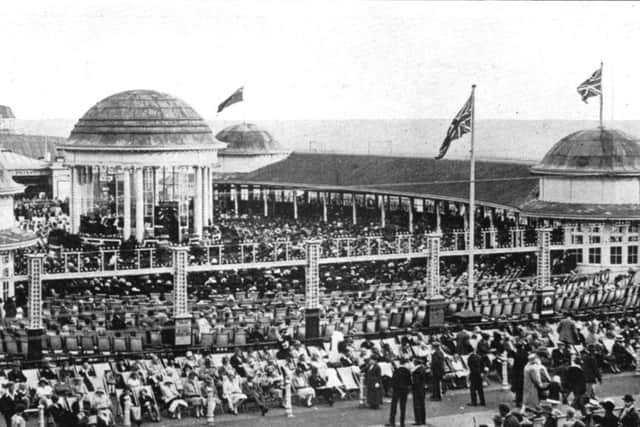

The narrative starts with the Mayormaking and its associated ceremonies, loyal oaths and ancient traditions, some of which have now disappeared - It had been customary for the Bailiff [later the Mayor] to sit as a Justice ex officio, a very fitting position for the town’s first citizen. But that came to an end with the passing of the Justices of the Peace Act, 1968 and Alderman Mrs. Vera Jones was the last Mayor to sit as a J.P. by virtue of her office.
Dymond tells us about the Borough’s headquarters - The Town Hall and the Mayor’s parlour, The standing committees, order of proceedings and new responsibilities for road improvement, electricity, fire brigade, White Rock approach, the town plan and regional town planning-inter-municipal visits. He goes on to describe the History of the Cinque Ports with its duties and privileges and Hastings’ part in The Courts of Brotherhood and Guestling.. He even comments on the decline of the fishing industry. Social Activities such as Christmas festivities with the Winkle Club and the Mayoress’s reception also merit inclusion. Reorganisation of Education in Hastings had started the previous year and that too was described.
There is a chapter of Dymond’s observations on John Collier, the father of modern Hastings and on the beginnings of St. Leonards. Hastings Old Town and the History of Hastings with its Castle.
Advertisement
Hide AdAdvertisement
Hide Ad‘Vandalism’ in the Old Town with its medieval charm is covered with the proposal for driving of a new road through the centre of it and the opinion of the Society for Preservation of Ancient Buildings is discussed.
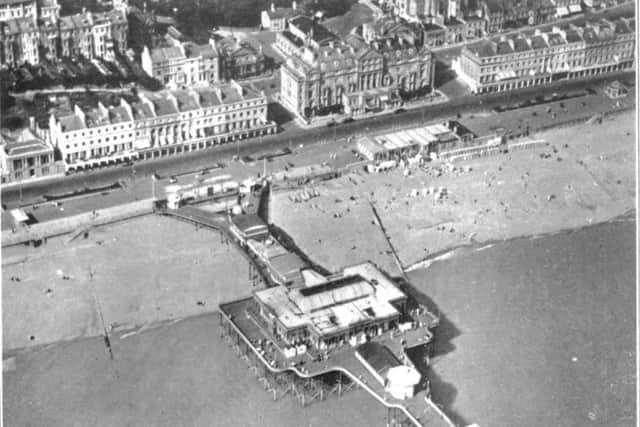

Council housing had started and already 21 tenants had been removed to the new council flats in Halton. Dymond (who has a road named after him in Hollington) notes that only site value was paid as compensation for people losing their ‘slum’ homes and also notes that the years following WW1 saw great changes in Hastings and St. Leonards, where, due to reduced incomes and the reduced value of money the large houses in St. Leonards had become unlettable until they were divided into flats. ‘Overcrowding among the poor was deplorable. To meet the evil of overcrowding the Town Council embarked on schemes for building nearly 500 tenements, the last of these being carried out during the Mayor’s year of office’
As first citizen the Mayor represented the town when the Prince of Wales (later King Edward VIII) opened the new White Rock Pavilion on the site of the hospital on April 6 1927 He also witnessed the handing-over ceremony of 69 acres of the Firehills to the council, which had bought them in order to stop the spread of housing development from the adjoining Fairlight Cove. In addition, the prince opened the newly-levelled recreation ground in Bexhill and opened the children’s games oval.
Dymond documents the visit of the American Cruiser ‘Detroit’ and the town’s hosting of a party of 200 officer and men, the officers lunching at the Queens Hotel, the men at the White Rock Pavilion before being treated to a char-a-banc tour of the Sussex Weald including Battle, Rye Bodiam etc. After more entertainment it was found that the weather was too rough to return the sailors to their ship and overnight accommodation had to be found ashore. The Mayor ends his memoirs by hoping that all the work done to create ‘A City Beautiful’ would continue.
Advertisement
Hide AdAdvertisement
Hide AdAll illustrations throughout this series are from Ion Castro’s own collection and there’s more local history on his website, www.historichastings.co.uk
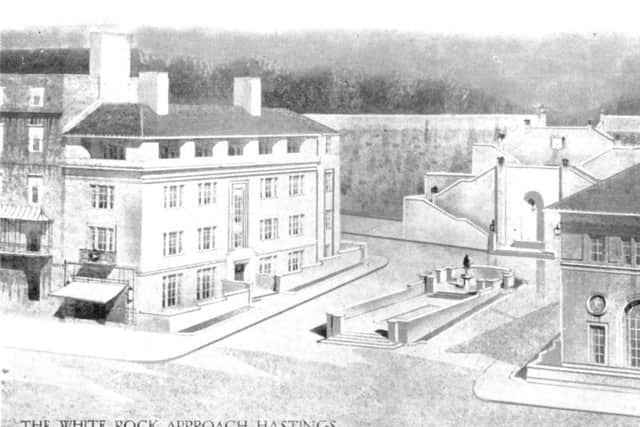

Captions:
HRH The Prince of Wales Addressing the Townspeople from the Balcony.
The Balcony has now been enclosed and is a café. The Mayor is directly behind the Prince of Wales.
Proposed Approach to White Rock Gardens
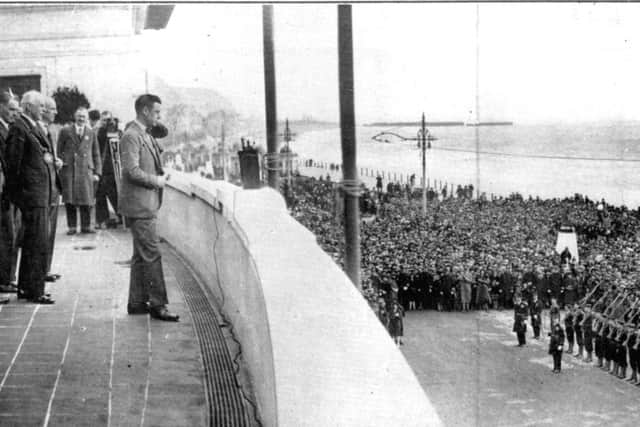

The Eastern end of the Grand Hotel has been rebuilt and became the Information Bureau. Both were later demolished and replaced with sheltered housing. The final result of the approach was as we see it today.
St Leonards
Advertisement
Hide AdAdvertisement
Hide Ad“Shewing the residence of Princess Victoria in 1834 on extreme left”. During the last war the pier was cut to prevent it being used as a bridgehead in case of invasion, it suffered bomb damage in October 1940 and was also damaged by fire. Following severe gale damage on 13th March 1951 Hastings Corporation demolished the remains.
The Parade Extension
The council had acquired and extended the landward part of Hastings Pier by 1926 and the following year Sidney Little had reconstructed the promenade and part of the road at White Rock, prior to the Prince of Wales’ visit on April 6.
The Stade, Hastings
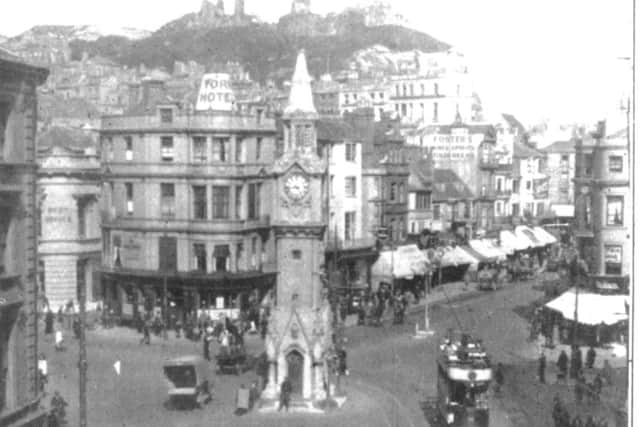

Showing the horse capstans used for pulling the fishing boats up onto the beach. The chimney of the dust destructor can be seen in the centre
Hastings
The trams weren’t finally replaced with trolleybuses until 1929. “The Memorial”, the focal point of the town, built in 1862 to commemorate the passing of Queen Victoria’s consort, was demolished in 1973 after an arson attack.
Advertisement
Hide AdAdvertisement
Hide AdDon’t miss out on all the latest breaking news where you live.
Here are four ways you can be sure you’ll be amongst the first to know what’s going on.
1 Make our website your homepage at www.hastingsobserver.co.uk
2 Like our Facebook page at www.facebook.com/hastingsobserver
3 Follow us on Twitter @HastingsObs
Advertisement
Hide AdAdvertisement
Hide Ad4 Register with us by clicking on ‘sign in’ (top right corner). You can then receive our daily newsletter AND add your point of view to stories that you read here.
And do share with your family and friends - so they don’t miss out!
The Hastings Observer - always the first with your local news.
Be part of it.